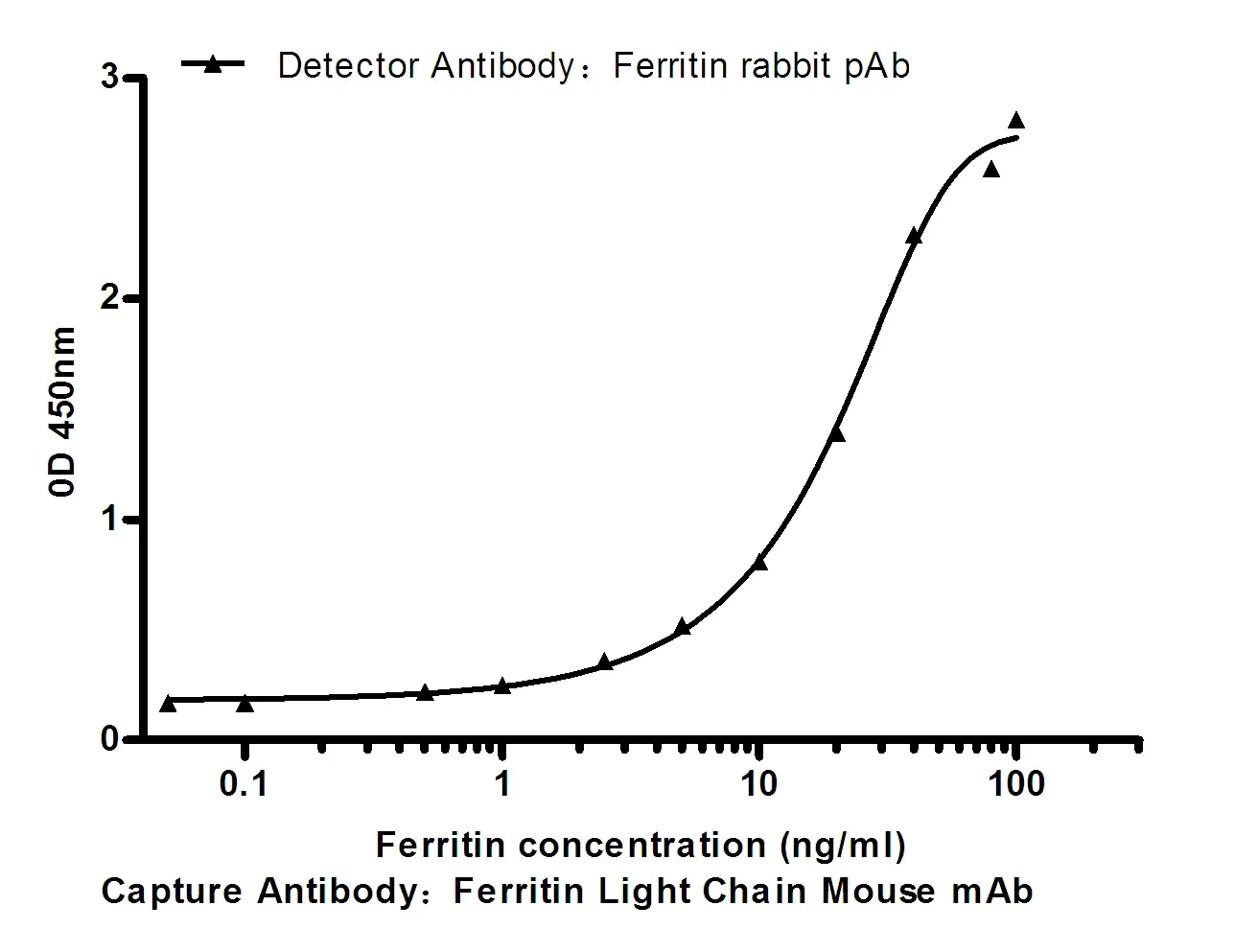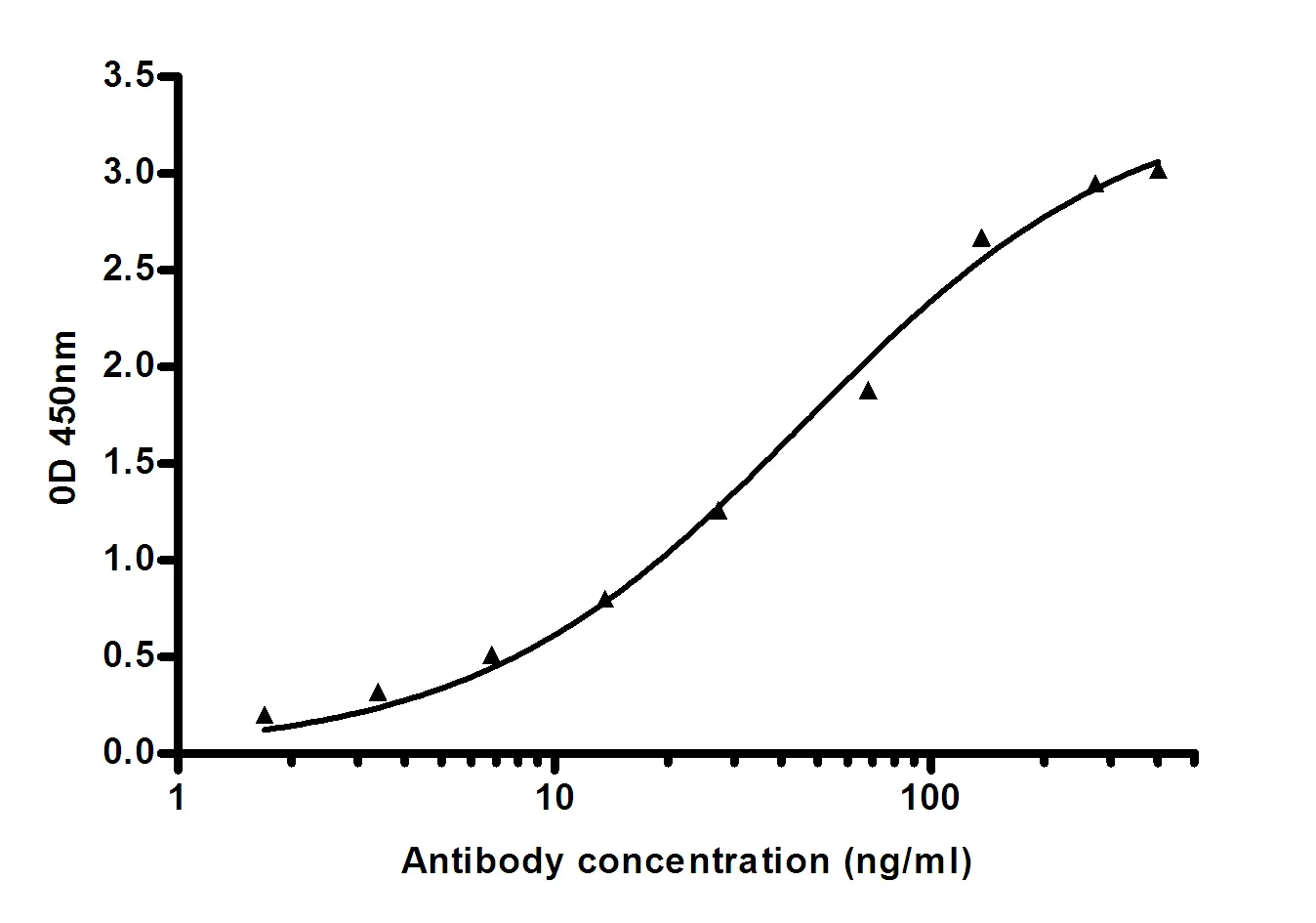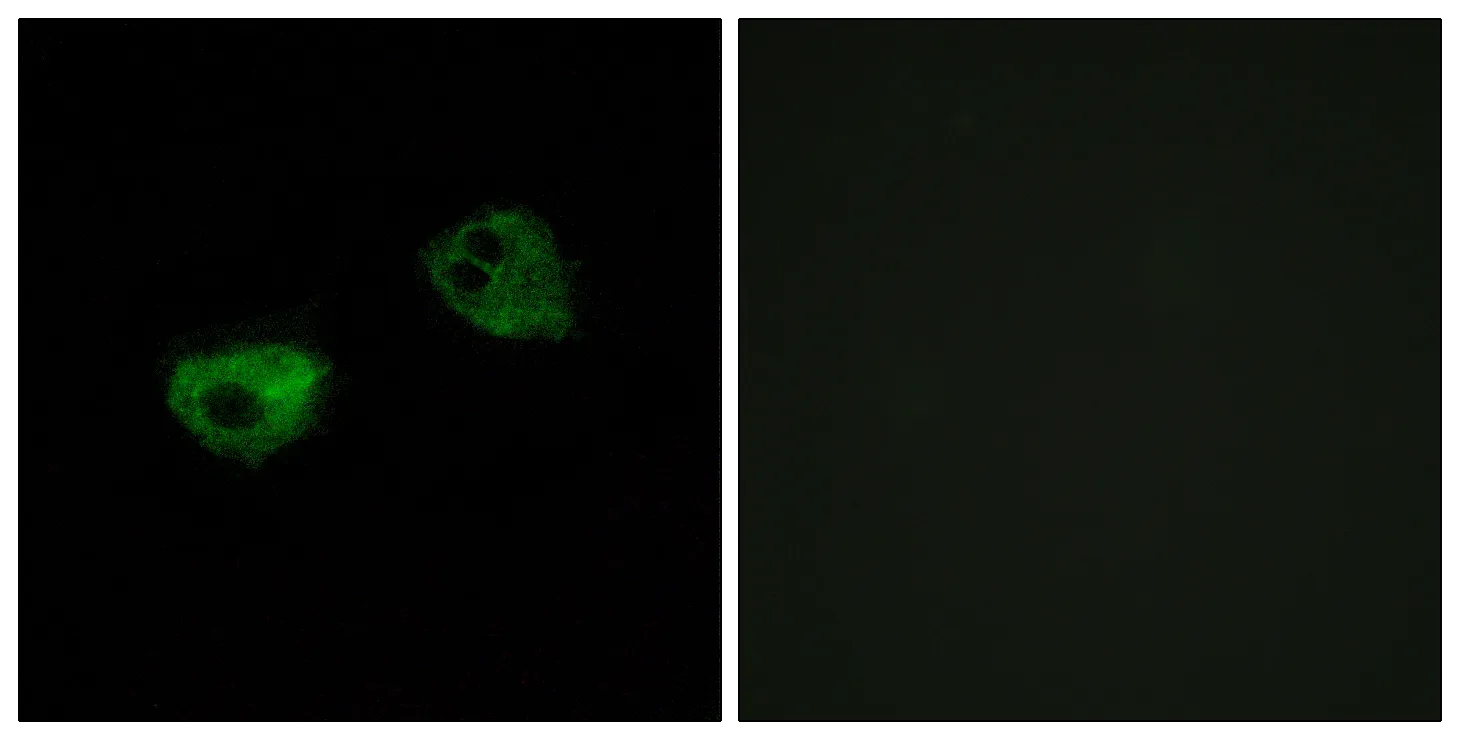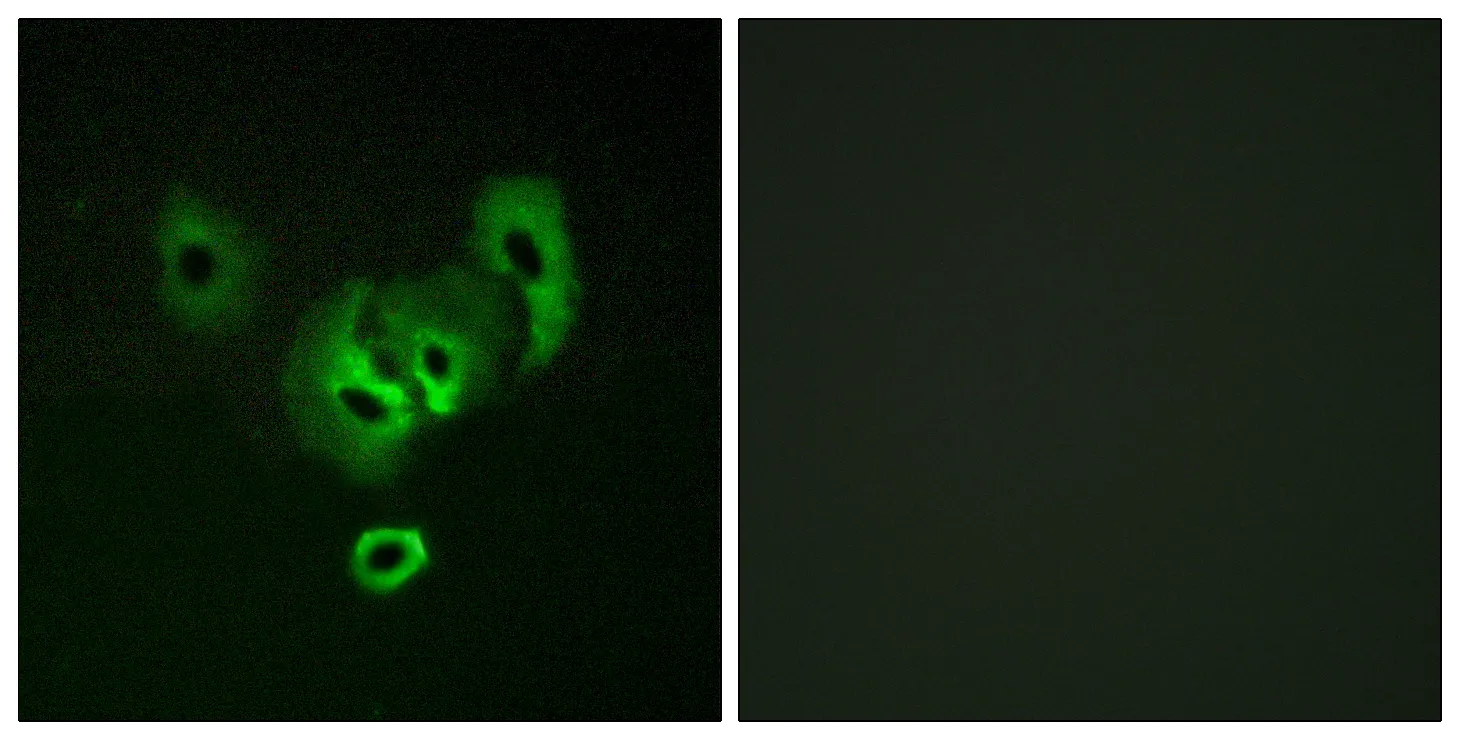Summary
Performance
Immunogen
Application
Background
This gene encodes a cytoplasmic linker or adaptor protein that plays a critical role in B cell development. This protein bridges B cell receptor-associated kinase activation with downstream signaling pathways, thereby affecting various biological functions. The phosphorylation of five tyrosine residues is necessary for this protein to nucleate distinct signaling effectors following B cell receptor activation. Mutations in this gene cause hypoglobulinemia and absent B cells, a disease in which the pro- to pre-B-cell transition is developmentally blocked. Deficiency in this protein has also been shown in some cases of pre-B acute lymphoblastic leukemia. Alternatively spliced transcript variants have been found for this gene. [provided by RefSeq, May 2012],disease:Defects in BLNK are the cause of hypoglobulinemia and absent B-cells [MIM:604515]. This is a developmental blockage at the pro- to pre-B-cell transition.,disease:In 6 of 34 childhood pre-B acute lymphoblastic leukemia (ALL) samples that were tested showed a complete loss or drastic reduction of BLNK expression.,function:Functions as a central linker protein that bridges kinases associated with the B-cell receptor (BCR) with a multitude of signaling pathways, regulating biological outcomes of B-cell function and development. Plays a role in the activation of ERK/EPHB2, MAP kinase p38 and JNK. Modulates AP1 activation. Important for the activation of NF-kappa-B and NFAT. Plays an important role in BCR-mediated PLCG1 and PLCG2 activation and Ca(2+) mobilization and is required for trafficking of the BCR to late endosomes. However, does not seem to be required for pre-BCR-mediated activation of MAP kinase and phosphatidyl-inositol 3 (PI3) kinase signaling. May be required for the RAC1-JNK pathway. Plays a critical role in orchestrating the pro-B cell to pre-B cell transition (By similarity). Plays an important role in BCR-induced B-cell apoptosis.,online information:BLNK mutation db,PTM:Following BCR activation, phosphorylated on tyrosine residues by SYK and LYN. When phosphorylated, serves as a scaffold to assemble downstream targets of antigen activation, including PLCG1, VAV1, GRB2 and NCK1. Phosphorylation of Tyr-84, Tyr-178 and Tyr-189 facilitates PLCG1 binding. Phosphorylation of Tyr-96 facilitates BTK binding. Phosphorylation of Tyr-72 facilitates VAV1 and NCK1 binding. Phosphorylation is required for both Ca(2+) and MAPK signaling pathways.,similarity:Contains 1 SH2 domain.,subcellular location:BCR activation results in the translocation to membrane fraction.,subunit:Associates with PLCG1, VAV1 and NCK1 in a B-cell antigen receptor-dependent fashion. Interacts with VAV3, PLCG2 and GRB2. Interacts through its SH2 domain with CD79A.,tissue specificity:Expressed in B-cell lineage and fibroblast cell lines (at protein level). Highest levels of expression in the spleen, with lower levels in the liver, kidney, pancreas, small intestines and colon.,
Research Area
B_Cell_Antigen;Primary immunodeficiency;




